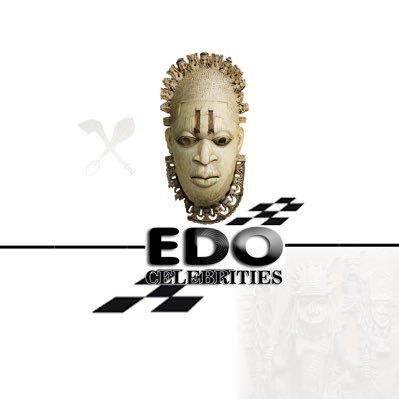The Edo people, predominantly located in present-day Benin City, Nigeria, boast a rich history steeped in culture, politics, and artistry. Central to their legacy is the Benin Kingdom, one of Africa’s most sophisticated pre-colonial empires. Over centuries, the Edo people produced leaders and figures whose influence shaped their society and extended beyond its borders. This article highlights five of the most powerful and influential Edo figures in history, whose legacies continue to resonate.
1. Oba Ewuare the Great (Reigned c. 1440–1473)
Oba Ewuare, known as “Ewuare the Great,” is arguably the most celebrated ruler in the history of the Benin Kingdom. Under his reign, the kingdom experienced an unprecedented era of expansion and prosperity. Ewuare reorganized the government, codified laws, and introduced reforms that strengthened central authority.
A brilliant military strategist, he expanded Benin’s territories, transforming the city into a fortified urban center with expansive walls. He is also credited with significant cultural achievements, including the establishment of festivals like the Igue Festival and advancements in the arts, particularly the Benin bronzes. His reign laid the foundation for the golden age of Benin.
2. Queen Idia (Late 15th–Early 16th Century)
Queen Idia, the mother of Oba Esigie, is one of the most revered women in Edo history. Her influence was pivotal during her son’s reign in the early 16th century, when the kingdom faced internal and external threats. As a warrior queen, she played a crucial role in military campaigns, using her strategic mind to secure victory for Benin against invaders.
Idia’s contributions went beyond the battlefield. She was a spiritual leader and a patron of the arts. Her legacy is immortalized in the iconic bronze mask of Queen Idia, which symbolizes strength and wisdom. The mask was later adopted as the emblem of FESTAC ’77, celebrating African culture globally.
3. Oba Esigie (Reigned c. 1504–1550)
Oba Esigie was a transformative leader who succeeded in consolidating his kingdom’s power during a tumultuous era. His reign marked a period of cultural and political flourishing, as he strengthened ties with European powers, particularly the Portuguese, who had begun trading in the region.
Esigie is remembered for his intellectual acumen, fluency in Portuguese, and diplomatic prowess, which enabled Benin to establish a profitable trade network. He also championed the development of the Benin arts, fostering a golden age of bronze casting. His collaboration with Queen Idia further cemented the royal family’s dominance in both governance and spirituality.
4. Akenzua II (Reigned 1933–1978)
Oba Akenzua II was a modern monarch who skillfully navigated the challenges of colonial and post-colonial Nigeria. Ascending the throne in 1933, he worked tirelessly to preserve Edo traditions while advocating for his people’s rights under British colonial rule.
Akenzua II played a significant role in the restitution of Benin artifacts looted during the British Punitive Expedition of 1897. His efforts to reclaim the kingdom’s heritage sparked international discussions about cultural repatriation. Beyond cultural advocacy, Akenzua II was instrumental in uniting the Edo people and promoting their development in modern Nigeria.
5. Chief Tony Enahoro (1923–2010)
Chief Anthony Eromosele Enahoro, though not a monarch, was a trailblazing figure in Nigeria’s struggle for independence. A journalist, politician, and activist, he remains one of the most influential Edo sons in modern history.
At just 21, Enahoro became the editor of Nigeria’s foremost newspaper, The Daily Times. He later transitioned into politics, playing a key role in Nigeria’s push for self-governance. Enahoro is widely regarded as the first to move a motion for Nigeria’s independence in 1953, laying the groundwork for the country’s eventual freedom in 1960. His dedication to democracy and good governance made him a national icon.
Conclusion
From legendary monarchs to modern activists, the Edo people have consistently produced figures of remarkable power and influence. These individuals shaped the trajectory of their society, contributing to its historical significance and cultural legacy. Whether through military conquests, diplomatic genius, or advocacy for justice, these five figures stand as pillars of Edo greatness, their stories echoing through time.

Leave a Reply